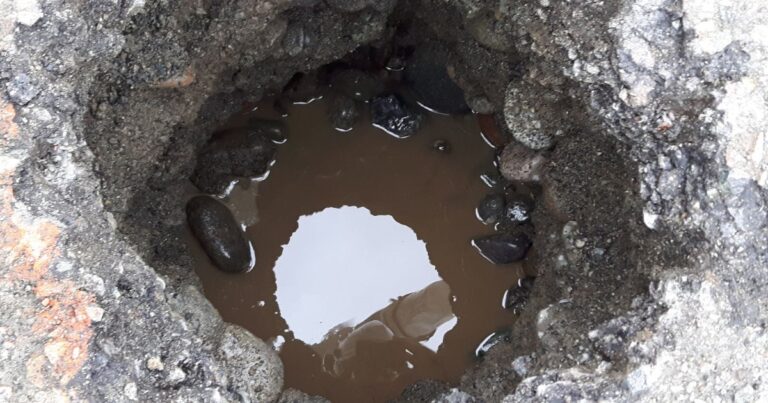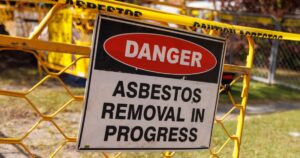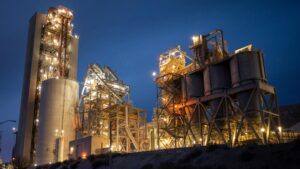Groundwater contamination can linger for decades—threatening drinking water sources, ecosystems, and regulatory compliance. Whether caused by leaking underground storage tanks, legacy industrial operations, or waste disposal practices, the key to effective cleanup is using the right remediation strategy for the site.
Proven Groundwater Remediation Methods
- Pump-and-Treat: Contaminated water is extracted, treated aboveground, and either discharged or re-injected.
- In-Situ Chemical Oxidation (ISCO): Injecting oxidizing agents to break down contaminants within the aquifer.
- Permeable Reactive Barriers (PRBs): A passive method using materials like zero-valent iron to intercept and treat plumes.
- Enhanced Bioremediation: Stimulating microbial activity with nutrients or carbon sources to degrade organics.
- Thermal Remediation: Heating subsurface zones to volatilize and recover persistent compounds.
Factors That Influence Success
The effectiveness of any groundwater remedy depends on:
- Hydrogeologic complexity (e.g., fractured bedrock vs. sandy aquifers).
- Contaminant type and phase (dissolved vs. NAPL).
- Accessibility for drilling or trenching.
- Local regulatory cleanup levels and performance metrics.
- Community engagement and risk perception.
Monitoring and Maintenance
Most long-term groundwater remedies include performance monitoring over several years. O6 Environmental provides monitoring well installation, sample collection, and regulatory reporting to track progress and confirm compliance.
Partnering with O6 Environmental
Our team offers comprehensive groundwater services—from investigation and pilot testing to full-scale implementation and closure.
Let’s Tackle Your Groundwater Issues
Need a solution that stands the test of time? Talk to O6 Environmental about the best remediation strategy for your site.


